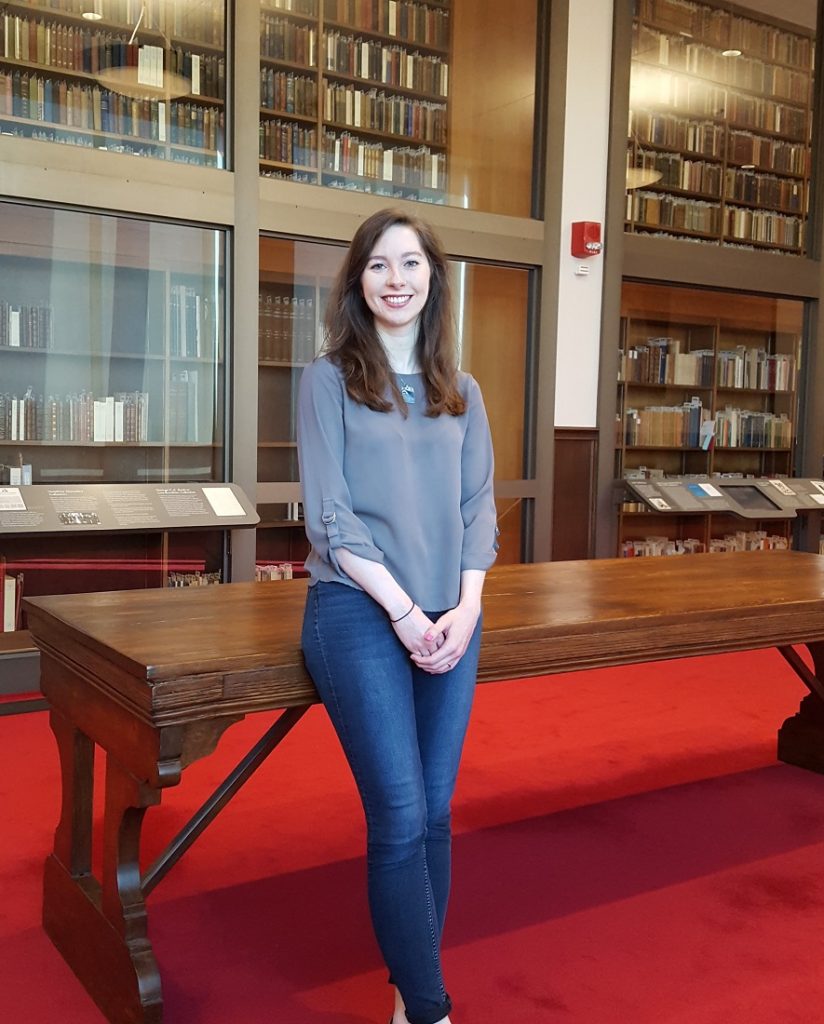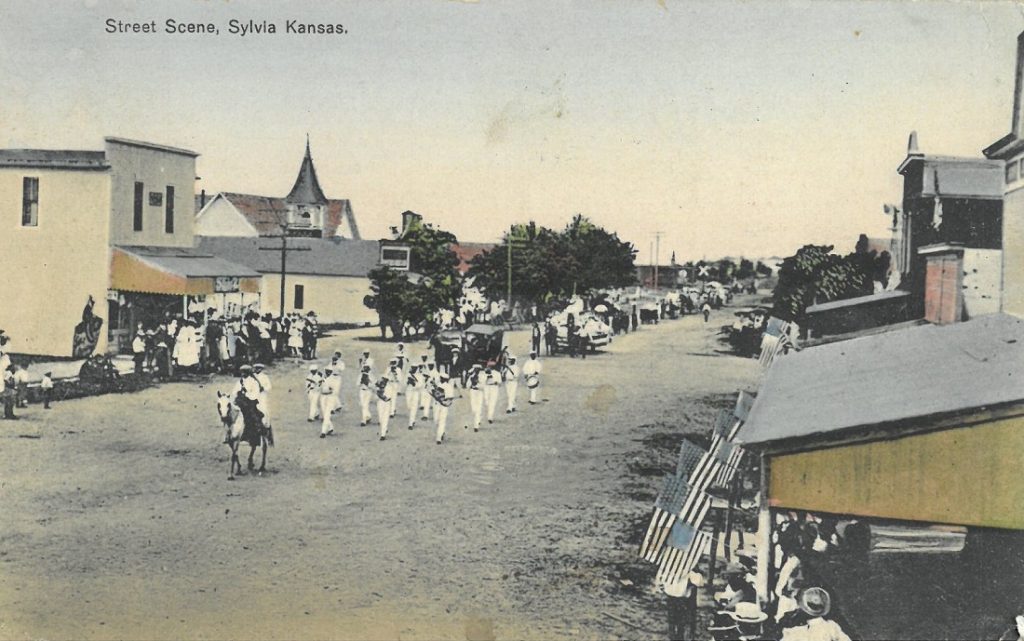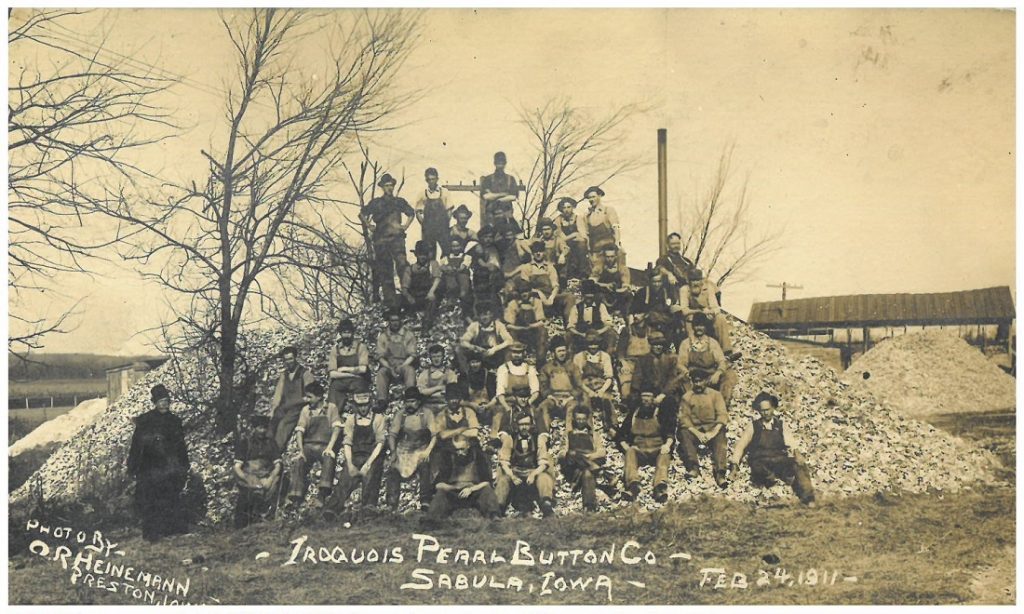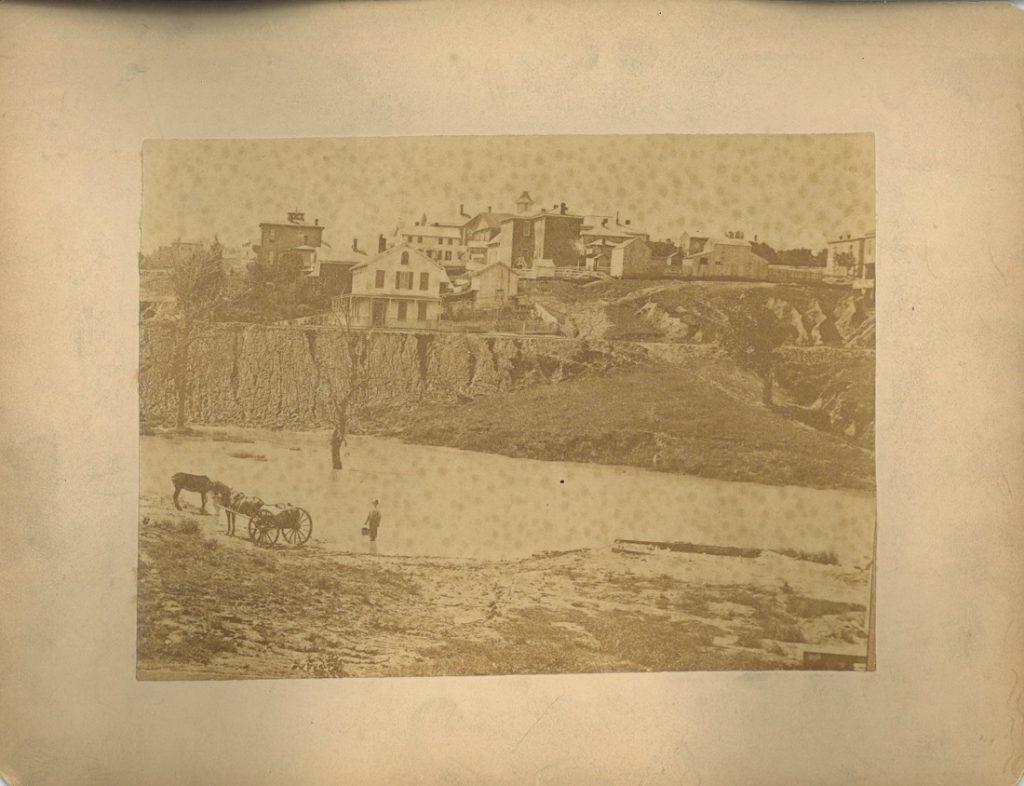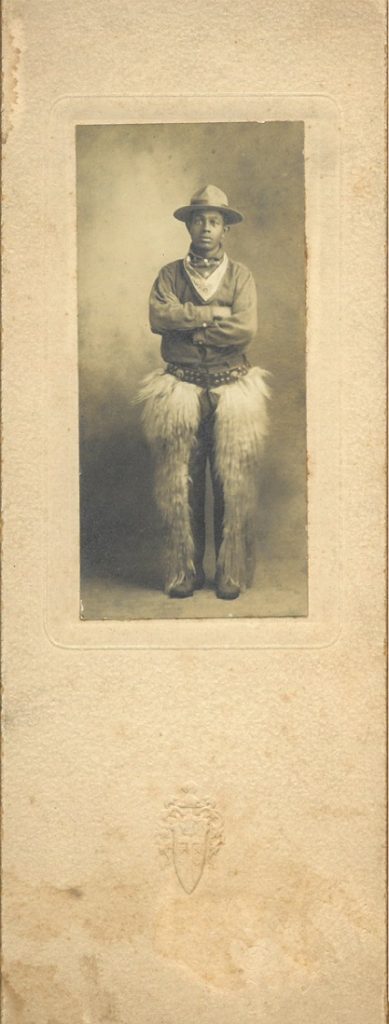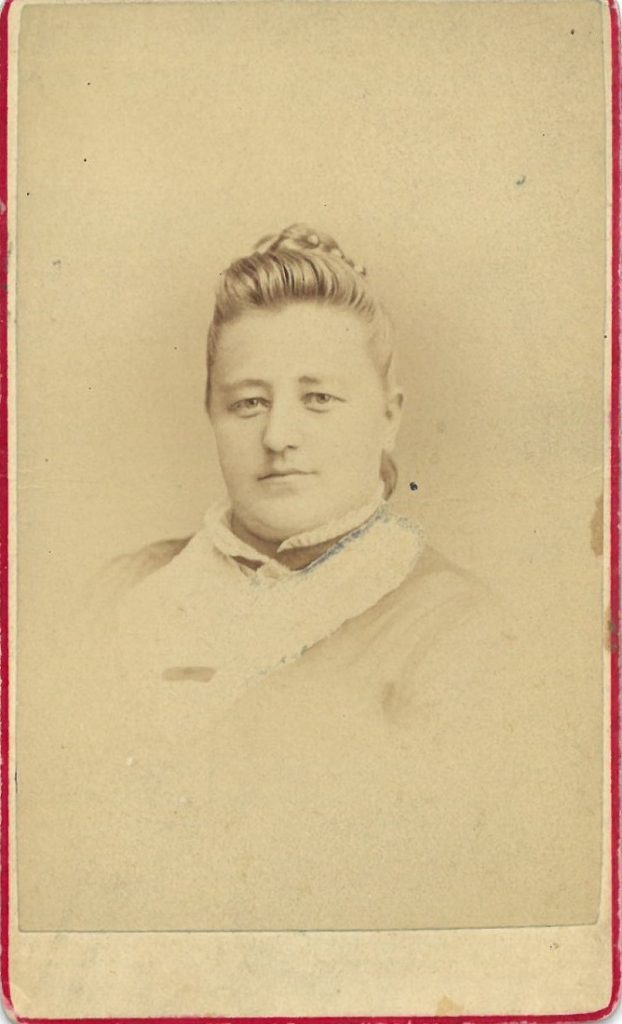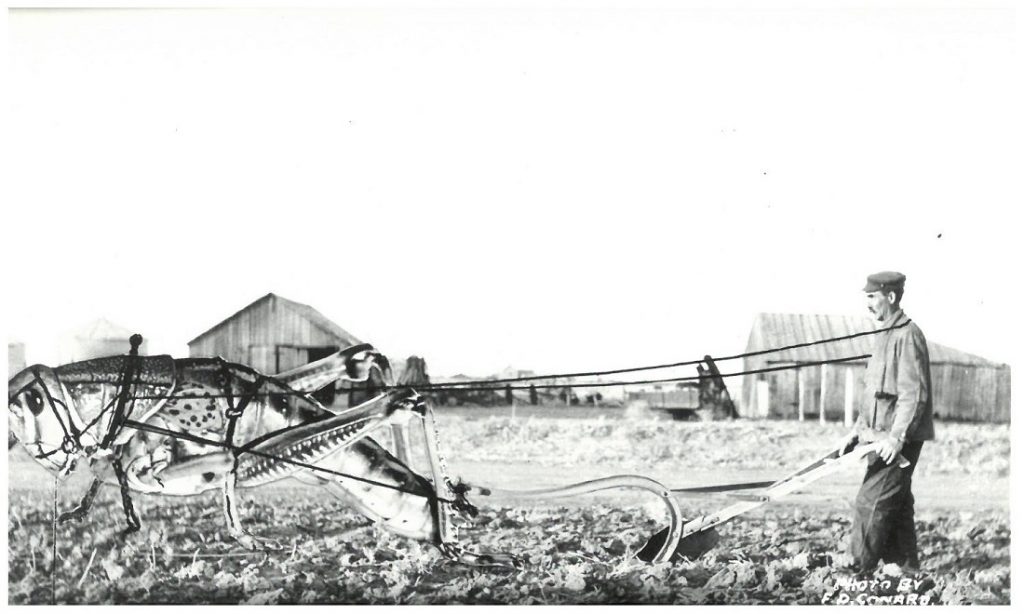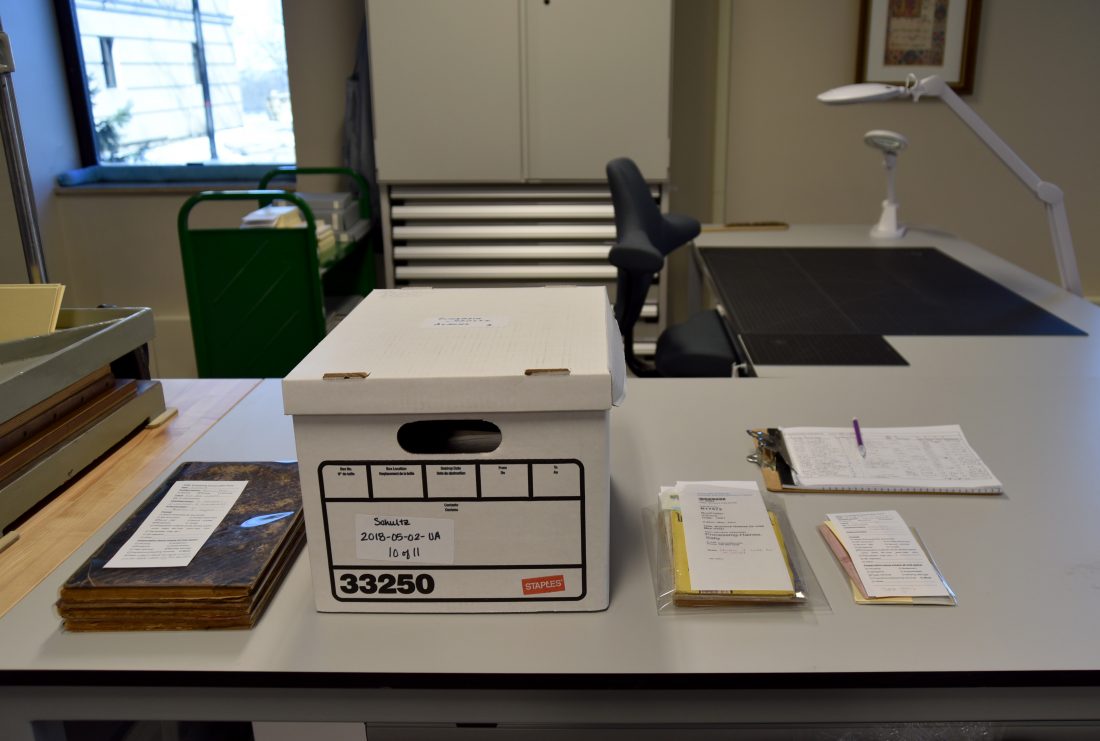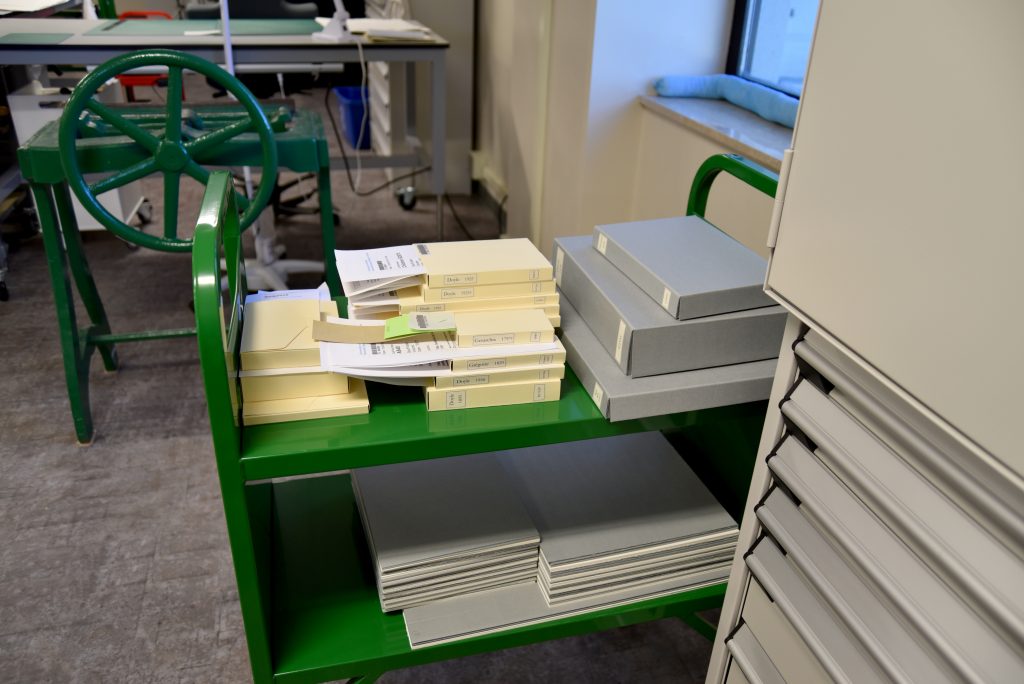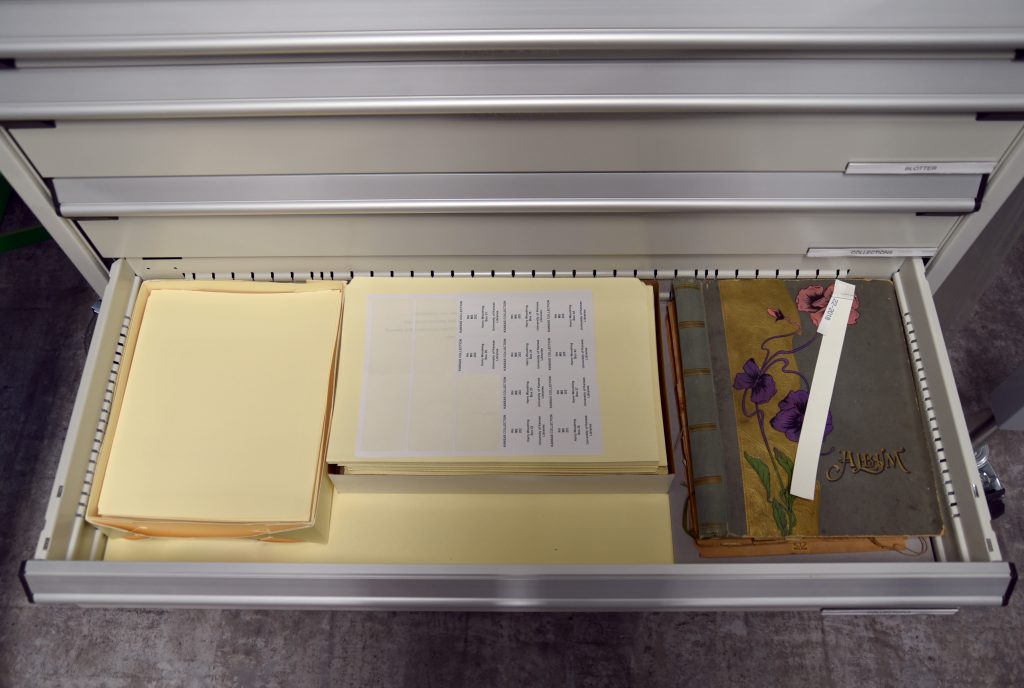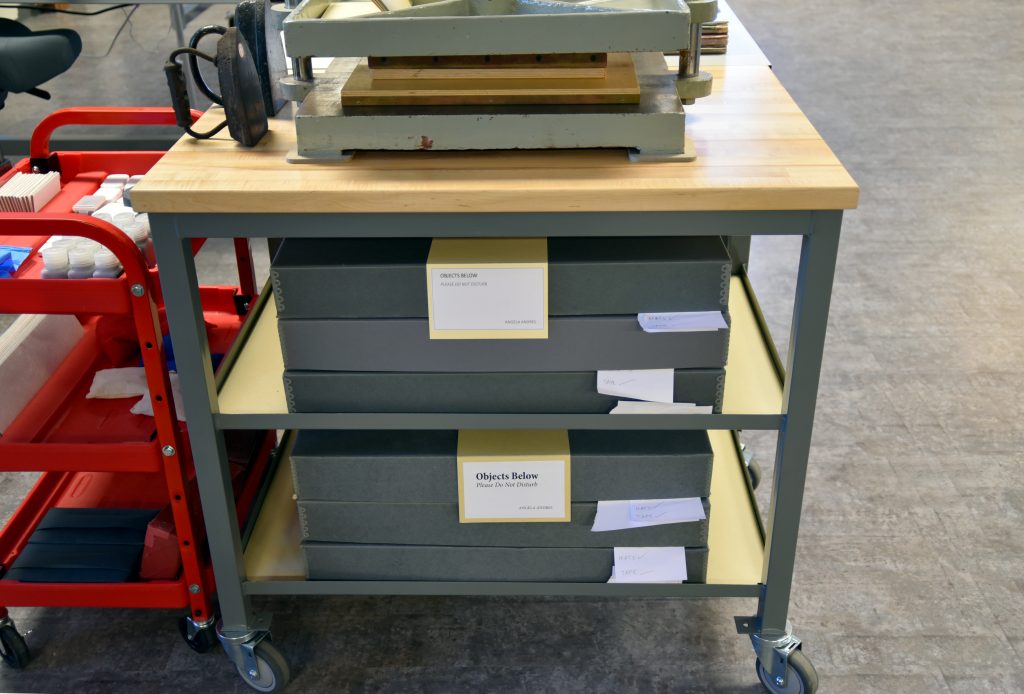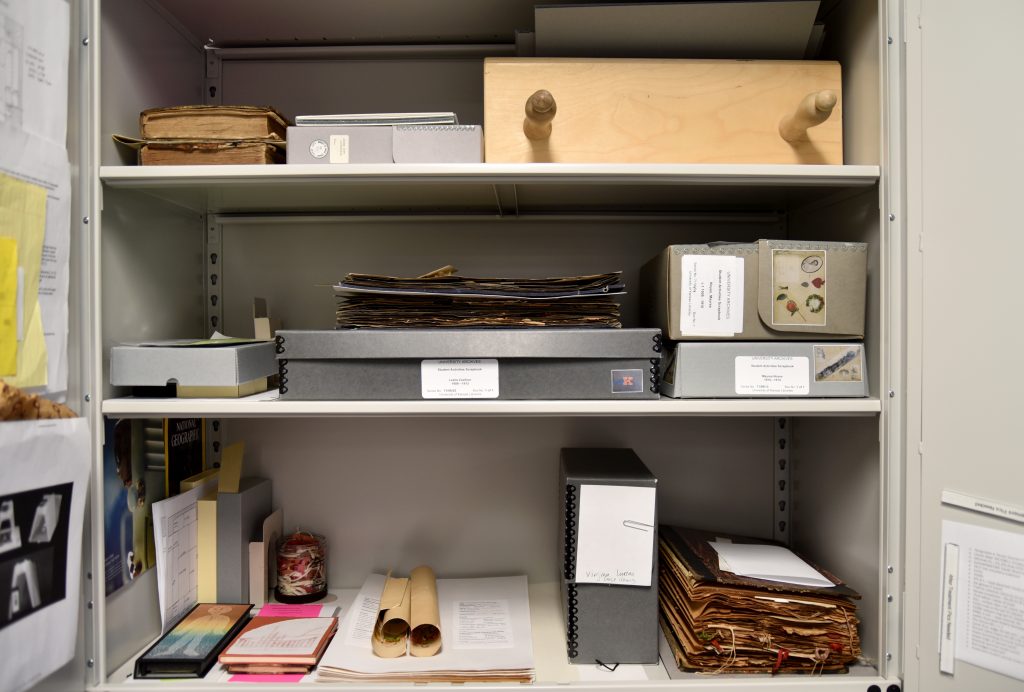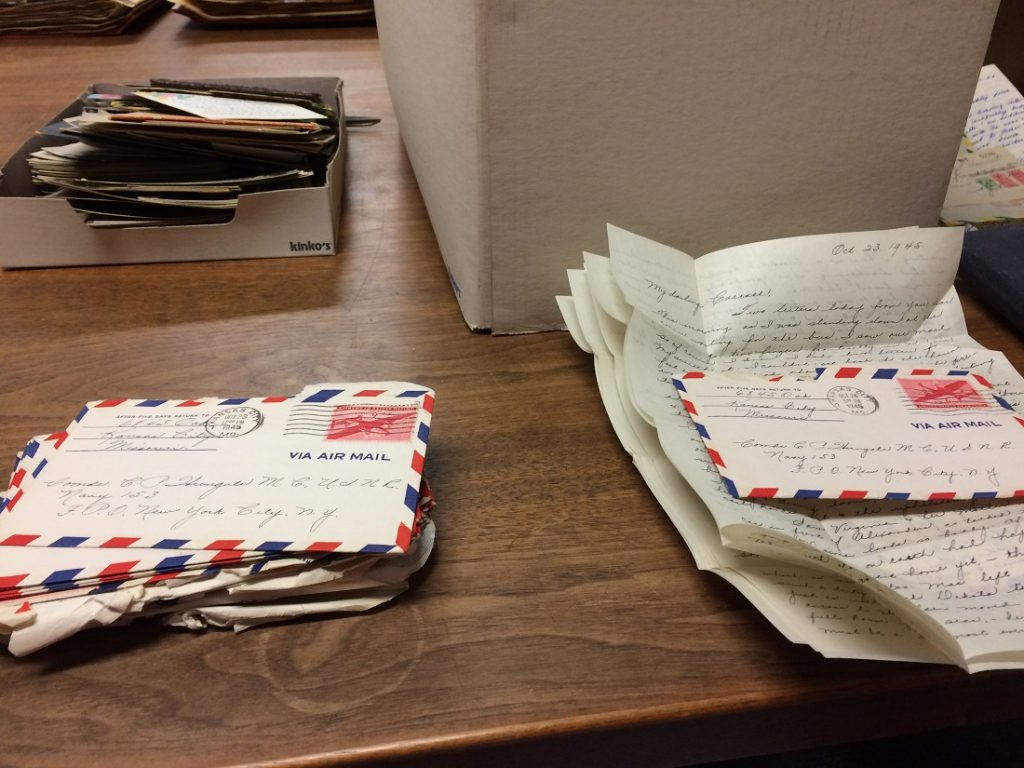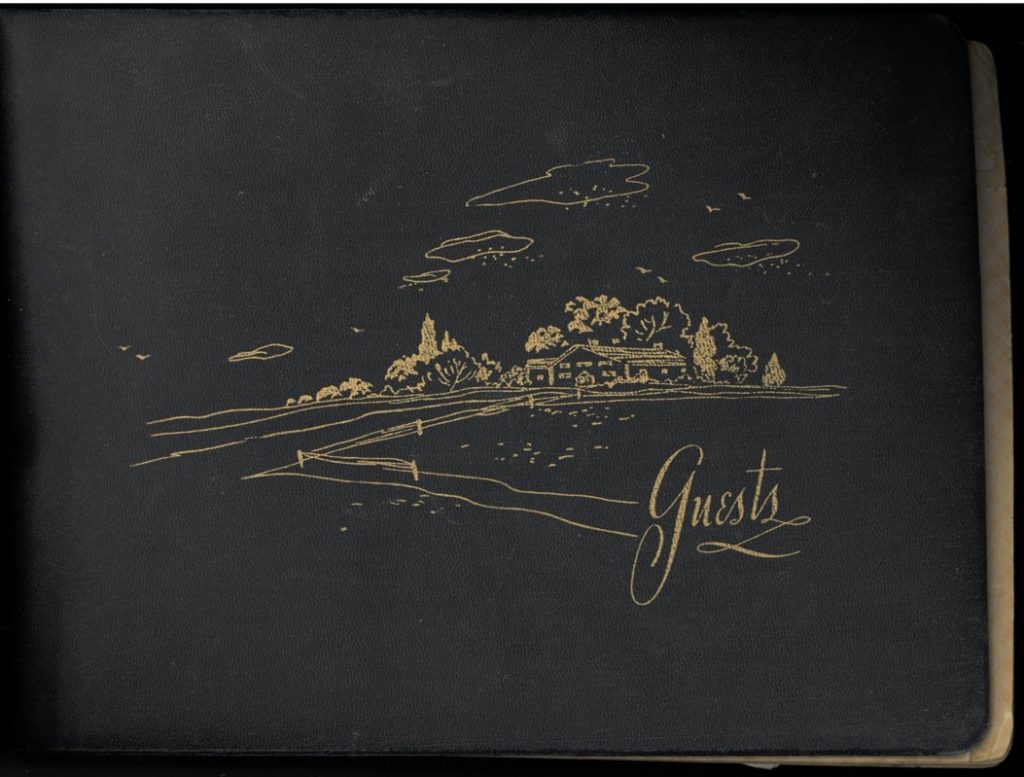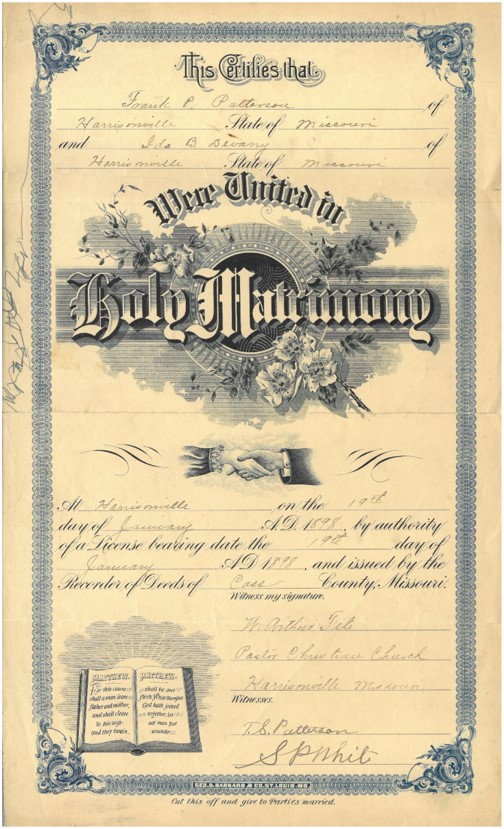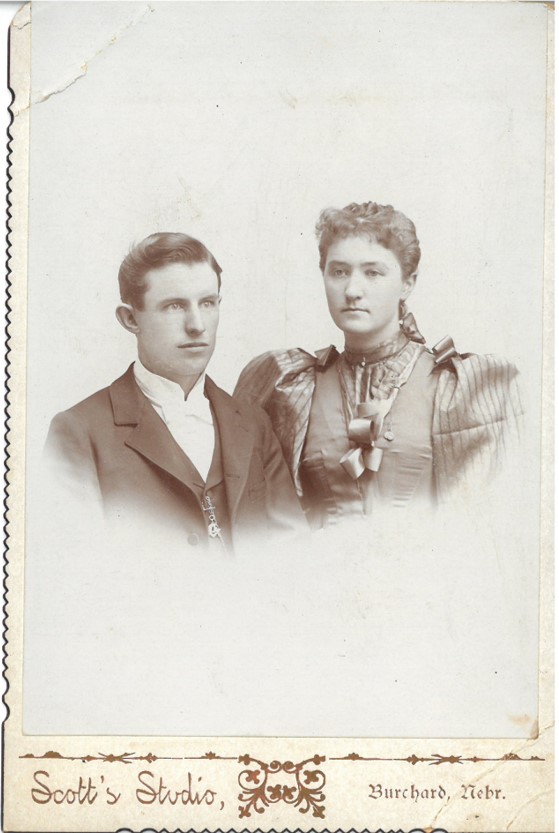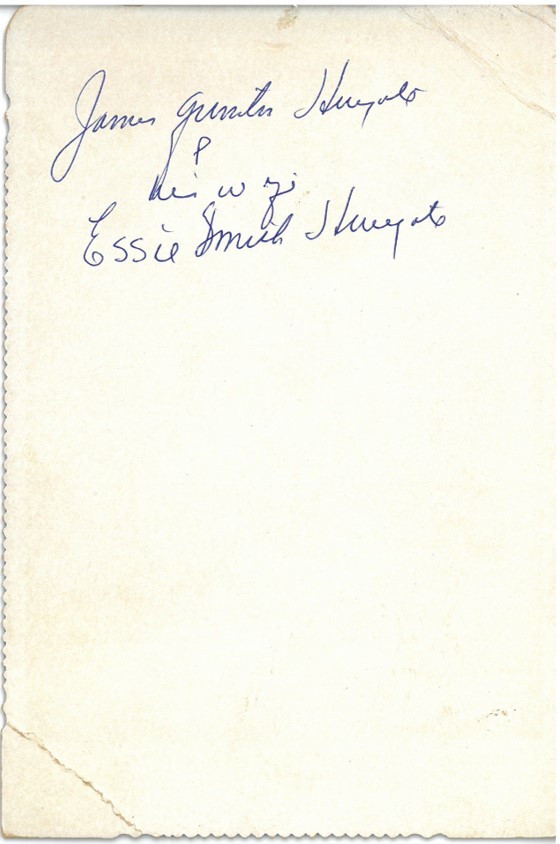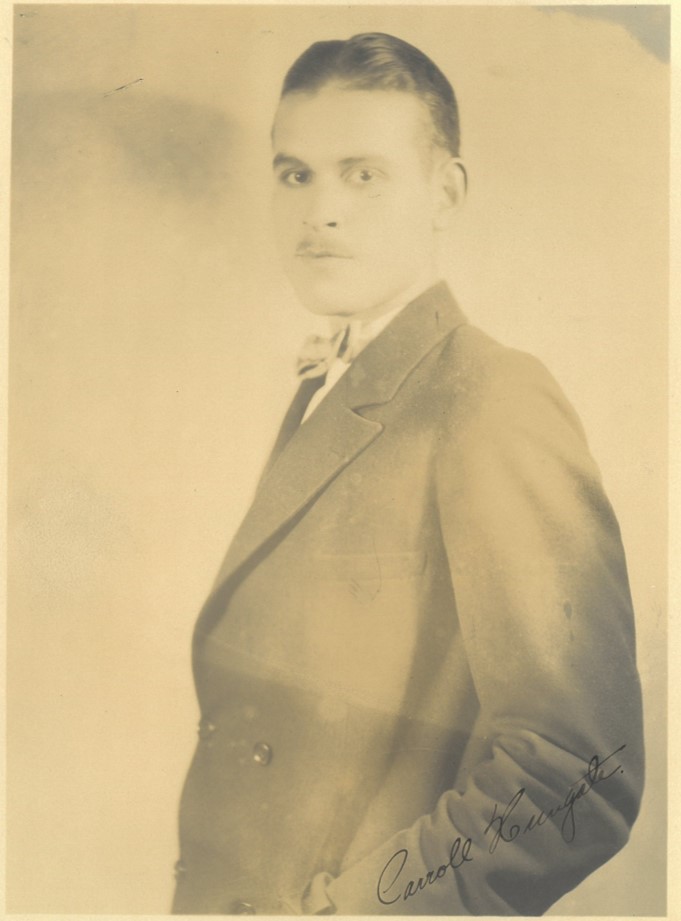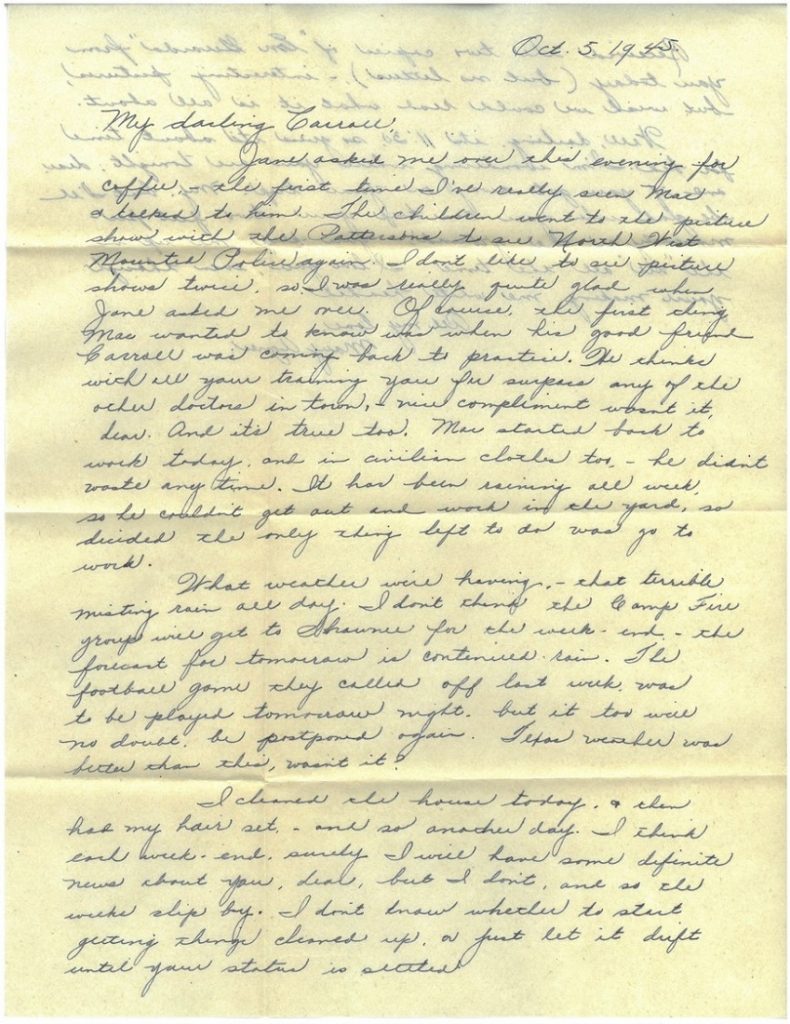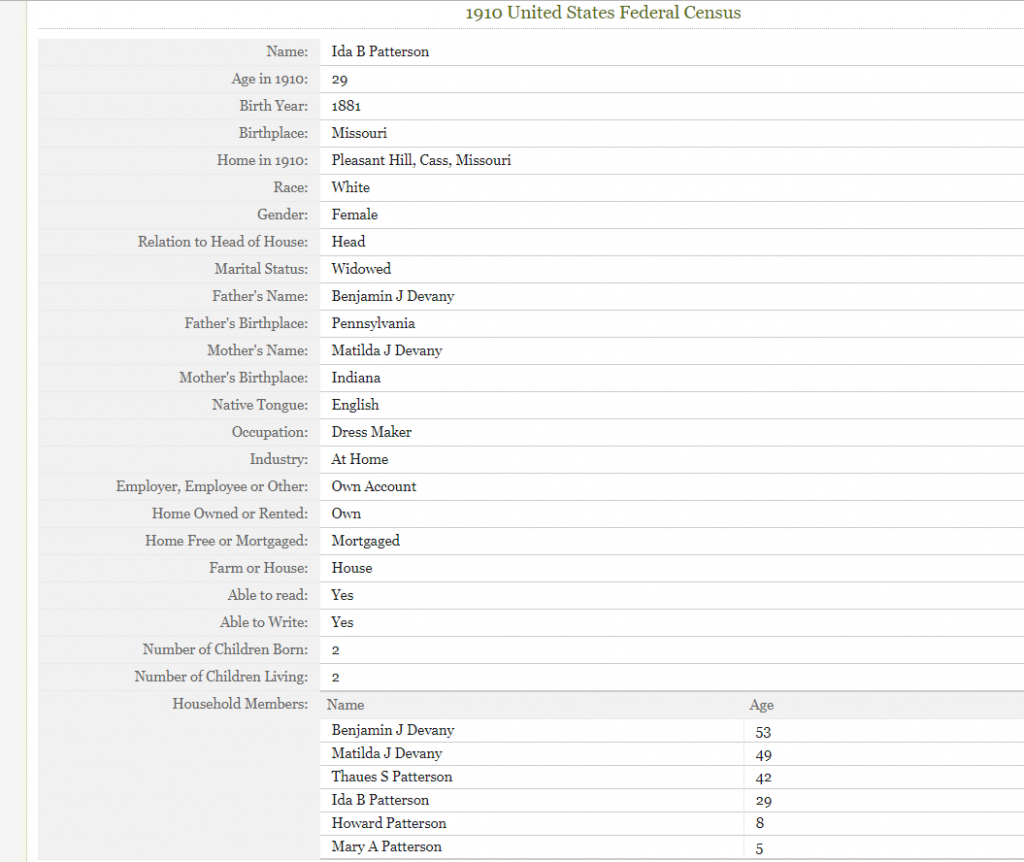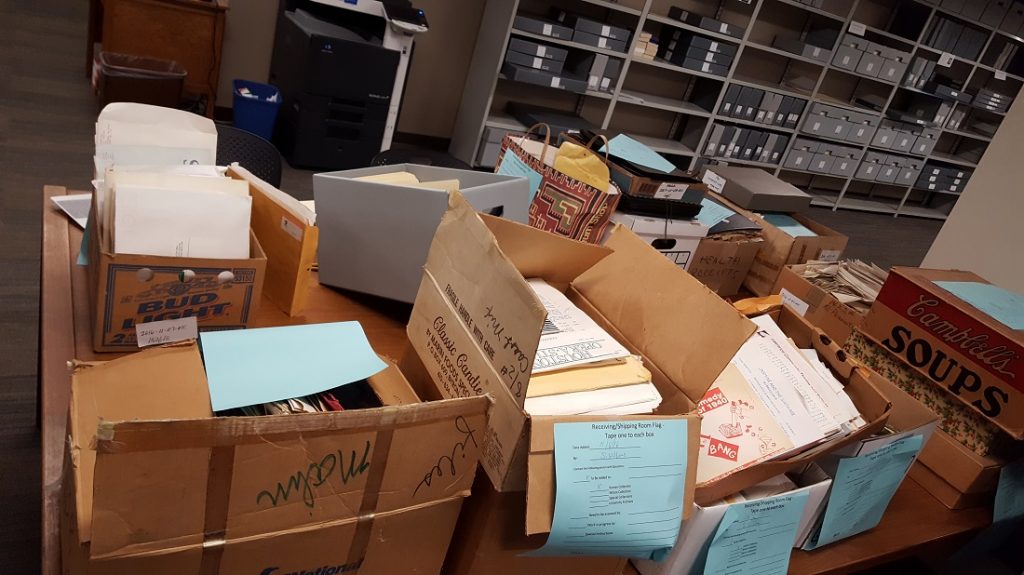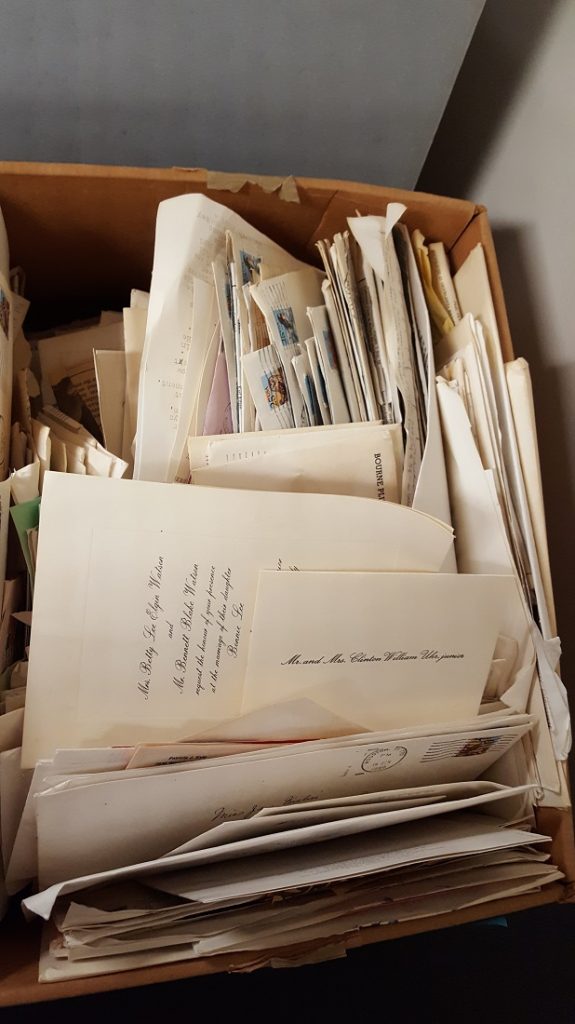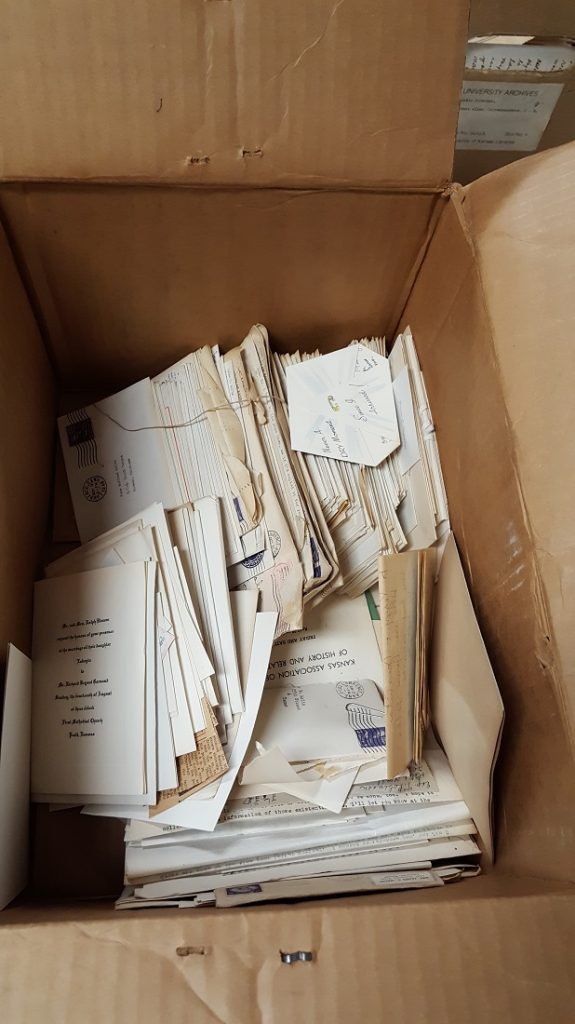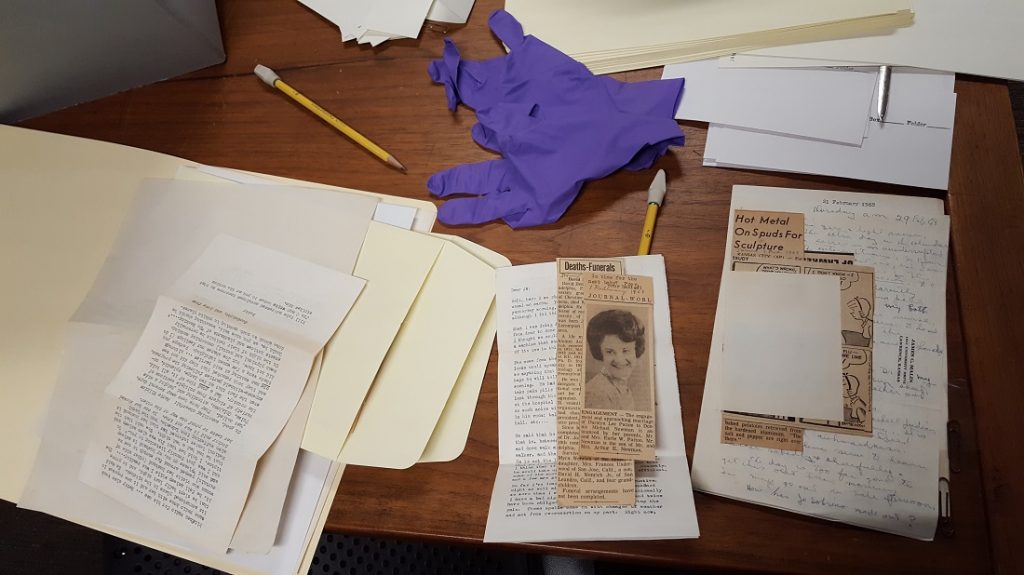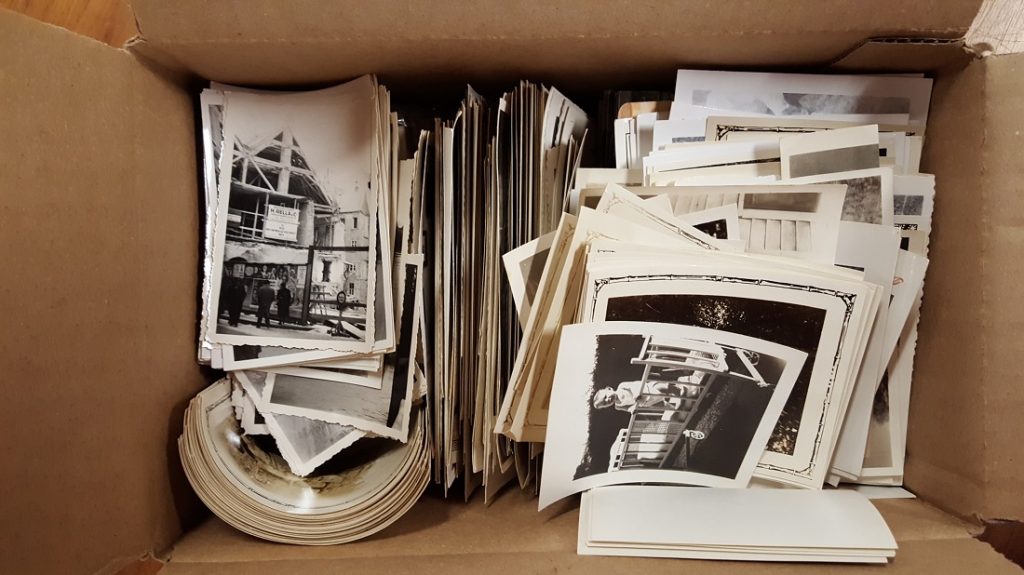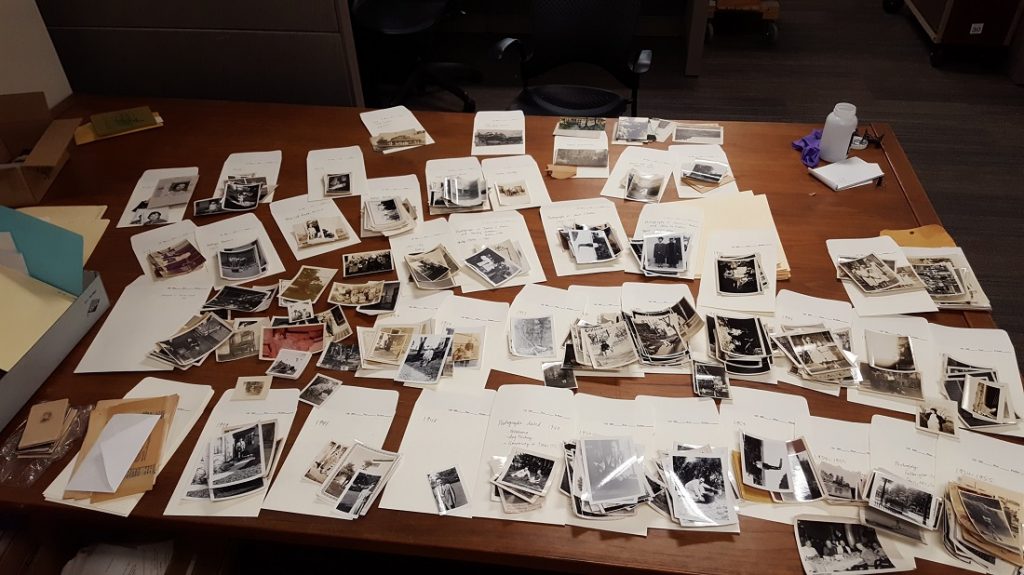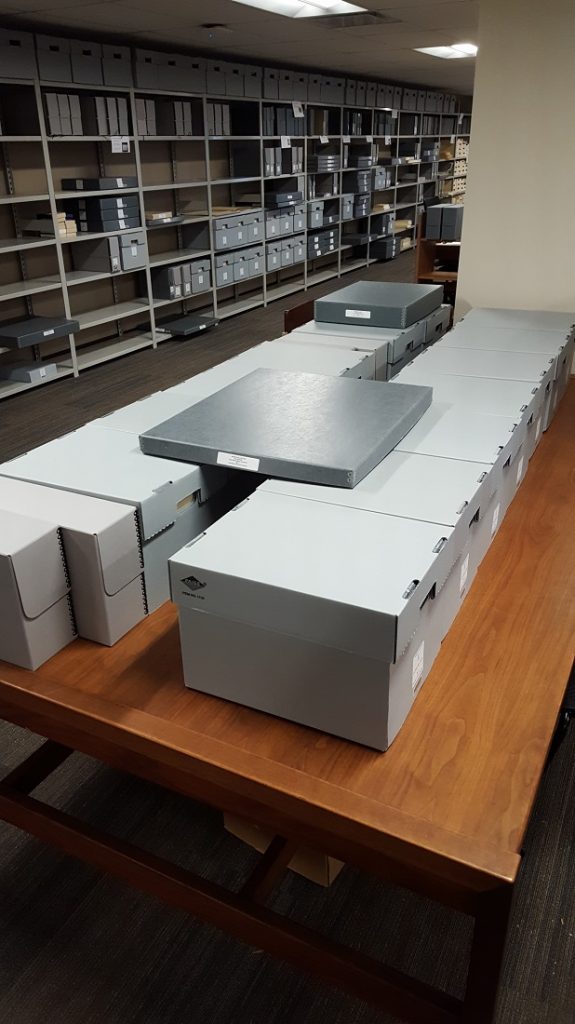Meet the KSRL Staff: Vannis Jones
June 18th, 2019This is the fifteenth installment in a recurring series of posts introducing readers to the staff of Kenneth Spencer Research Library. Today’s profile features Vannis Jones, who joined Spencer’s processing unit in February as a manuscripts processor. Welcome, Vannis!
Where are you from?
I grew up in Kansas City, but I have spent my adult life in India, Scotland, and France until returning to the Kansas City area this January after graduating with my Master of Science (MSc) in Information Management and Preservation (a fancy way of saying archives and records management!) from the University of Glasgow this past November.
What does your job at Spencer entail?
I play a crucial role in rendering collections both discoverable and accessible through physical and intellectual arrangement of materials, the identification of materials in need of preservation action, and the creation of finding aids, which are often a researcher’s first interaction with the Spencer and our collections.
What is one of the most interesting items you’ve come across in Spencer’s collections?
While every collection has its own unique surprises, three particular – and incredibly different – items in come to mind.
- Among architectural drawings, specifications, and contracts in the collection of former state architect Charles Marshall is a series of typescript journals by Marshall that he titled “Quips and Observations.” They contain one- to five-line quips, quotes, and vignettes by Marshall that are generally witty in nature and that are drawn from his everyday activities – a trip to the movies, a visit to the bank, grocery shopping, a concert with his wife, etc. Given the generally serious nature of Marshall’s architectural materials, it was fun to get to know the man behind the drawings through these journals.
- We hold a lot of scrapbooks at Spencer. Most scrapbooks are a jumble of largely undated and unlabeled newspaper clippings, photographs, ticket stubs, brief notes, and the like, that offer insight into an individual’s interests, but leave a lot up to a reader’s interpretation. An exceptionally unique scrapbook in a collection that I processed recently is one of KU Professor Emerita of English Elizabeth Schultz’s scrapbooks from her teenage years. Schultz’s scrapbook includes specific annotations for each individual object, including cigarette butts, extremely old flowers, a fake diamond ring, chocolate wrappers, a watch (yes, really, a whole wristwatch, glued to a scrapbook page), and more. Through these unconventional items and witty annotations, readers are able to understand Schultz’s thought process in compiling the scrapbook and gain a greater understanding of her playful and creative personality.
- A Rosie O’Donnell Barbie doll, completely without context, among the papers of Kristi Parker, the late founder of The Liberty Press, Kansas’s first LGBTQ+ news magazine.
What part of your job do you like best?
I love the opportunity to collaborate and exchange ideas with people on my team working on other projects and with people in other departments like conservation. We really do get to learn something new every day!
What are some of your favorite pastimes outside of work?
I love traveling, exploring other cultures, eating new foods, cooking, weightlifting, and dancing. I also love a good walk and a snuggle with my two dogs, a cavalier King Charles spaniel and a westie, after a long day.
What piece of advice would you offer a researcher walking into Spencer Research Library for the first time?
Don’t be shy, tell us about your research! Our reference staff have excellent knowledge of our collections and can likely help you find materials that you may not come across by simply browsing our catalog, and that could greatly enhance your depth of understanding of your subject area. We’re here to help!
Vannis Jones
Manuscripts Processor

